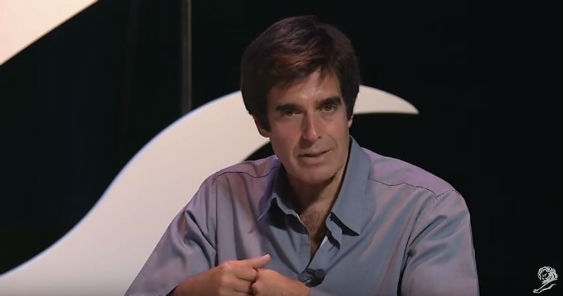THE PHILIPPINES, SEPTEMBER 12, 2012 – If there is a divide that separates people right now, it’s not religion, class or color. There is no other divide so real than the digital divide represented by two classes: the digital immigrants and the digital natives.
This transition to digital was discussed at the recent Association of Accredited Advertising Agencies – Philippines (4As) General Membership Meeting (GMM), Wednesday, September 11, 2012.
Donald Lim, managing director of MRM Worldwide, set the stage for the impending reality of digital immigrants and natives working together in an increasingly digital world in five years. This can be a challenge, said Lim.
One way to address this problem is to smoothen out communication between the two digital classes – advertising agencies’ state of mind has to be digital. “Everyone has to breathe digital,” said Lim.
But the current market includes not only the digital immigrants and natives but also the Filipino consumer in general. Manny Fernando, incumbent president of the Internet and Mobile Marketing Association of the Philippines (IMMAP), set the profile of the current Filipino consumer as a connected generation, which is also “gender agnostic and with increasing disposable income”.
With this type of consumer, how do you grab attention? “You have to be everywhere, including mobile phones,” Fernando stressed.
Human heart is the same
Despite all the technological advances, the human heart still remains the same. Carlo Ople, online publishing business unit head of TV5, has an answer: stories. He encouraged everyone to look at traditional media sources like TV and the nightly news. “They know content, they understand emotions and digital has to learn how to adopt this,” he said. “Come up with innovative ways to tell stories.”
But digital and TV are connected at the hip. “The catalyst is TV and the conversation is taken online,” Ople said, citing examples like the Sen. Tito Sotto plagiarism controversy and the Robert Carabuena harassment of an MMDA officer where the news broke on TV and people reacted to it online.
“The reality of digital is the interactivity it offers to people. Not to embrace this interactivity is detrimental to businesses,” he said.
Ratings digital-style
Measurement, unlike traditional media, has no set currency of measurement and negotiation. “There is inconsistent data measurement,” Carlo de Leon, client services director of Netbooster, said.
Despite not having a currency, search can be a good indicator of brand awareness, de Leon said, as people now turn to search engines to know more about a certain issue or product.
Tools are available to measure but de Leon brings the topic back to the heart of the matter: people. “There is a 90%-10% rule. Metrics only makes up 10% of the measurement while 90% is still in the good understanding of the market, the people,” he emphasized.
Before the night ended, Hans Roxas-Chua introduced the Digital Measurement Board in partnership with 4As.





